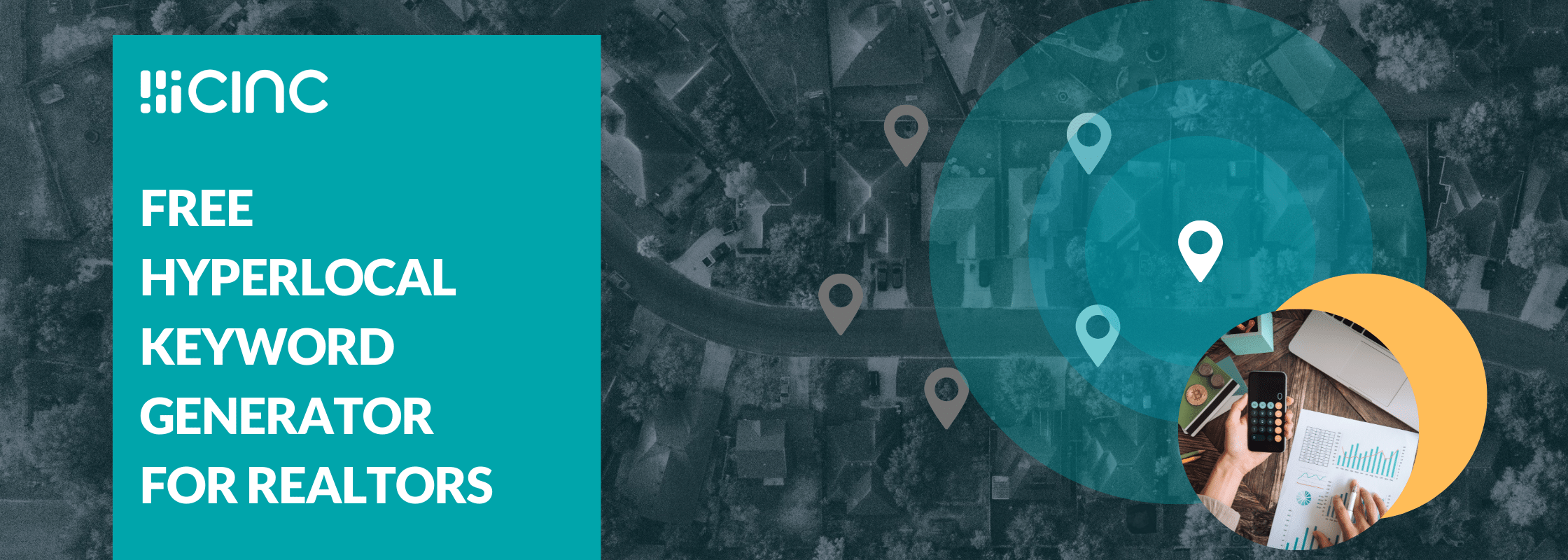As featured on Inman.com
CEO Unscripted brings CINC CEO Alvaro Erize together with big thinkers from inside and outside the industry for candid conversations about real estate, technology, and the topics that move the market.
Marco Santarelli is a real estate investor and advisor, and the host of the widely popular podcast, the Passive Real Estate Investing show. He has a masterful command of residential real estate trends. That’s why he was the ideal guest for this episode of CEO Unscripted with CINC CEO Alvaro Erize.
“One of the best articles that I’ve found out there—the best research and the power and clarity of concepts—is Marco’s article on the 2021 housing market in the US,” Erize said. So the two sat down for an in-depth conversation around the data and the trends Santarelli found that inform his view and vision for the next year in residential real estate.
In short, he told Erize, “I’m optimistic and bullish about 2021.”
See the full interview below.
There is a strong demand and a lack of supply and that’s not going to change anytime soon.
What do you do when there aren’t enough homes? You build more.
“Builders are finally clued into the fact that there’s a big opportunity here. They’re not just building homes for homeowners now,” he explained. They are, in fact, building for renters. “Smart real estate investors are coming in and saying the strategy here is to buy and hold—not buy and flip.”
That requires a different kind of investor that surfaced before the housing crisis hit in 2008, speculators who had to buy and sell fast. These more careful, strategic and experienced investors will hold inventory in strong markets, keeping the advantage on the seller’s size.
What about mortgage rates?
With lenders making mortgages more affordable than ever, buyers wonder how low rates can go. Santarelli shared his view, based on input he had from Douglas Duncan, Senior Vice President and Chief Economist at Fannie Mae.
“The expectation is that mortgage rates are going to continue to be where they are today: at a very low historic low. I wouldn’t be surprised if they drop a little bit more.”
Santarelli shared the Freddie Mac estimates for the time between now and 2030 there will be a shortage of anywhere from 900,000 on the lowest end to 4 million housing units on the highest estimate.
“So we’re talking about a major, major supply gap here,” Santarelli added. “If you go back to 2017, we were 370,000 housing units short. And that trend is still continuing. We’re not keeping up, but that shortage just leads to an increased amount of occupancy and homes and increased rental rates across the board as rents keep going up, increasing property values.”
National trends in a nutshell
As Santarelli shared his research, the picture came into focus: Home prices have been driven upward. COVID-19 pushed people back to the suburbs. Affordability increased in the mid-market. Supply continues to be tight. And the ‘shadow demand’ of the next wave of renters and buyers is coming closer, between Gen Z and Gen Y.

.png)


